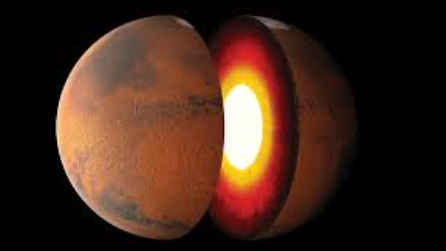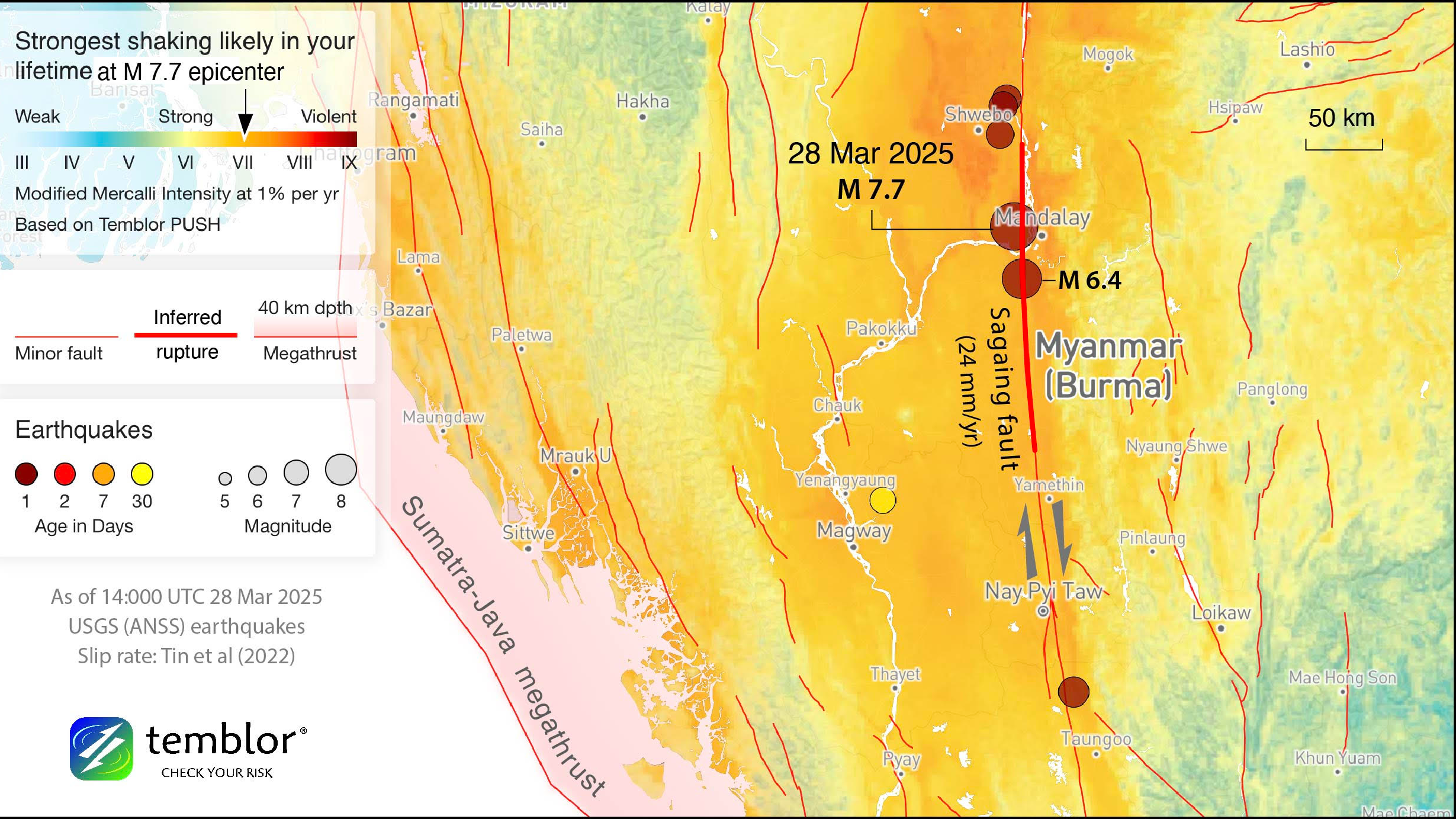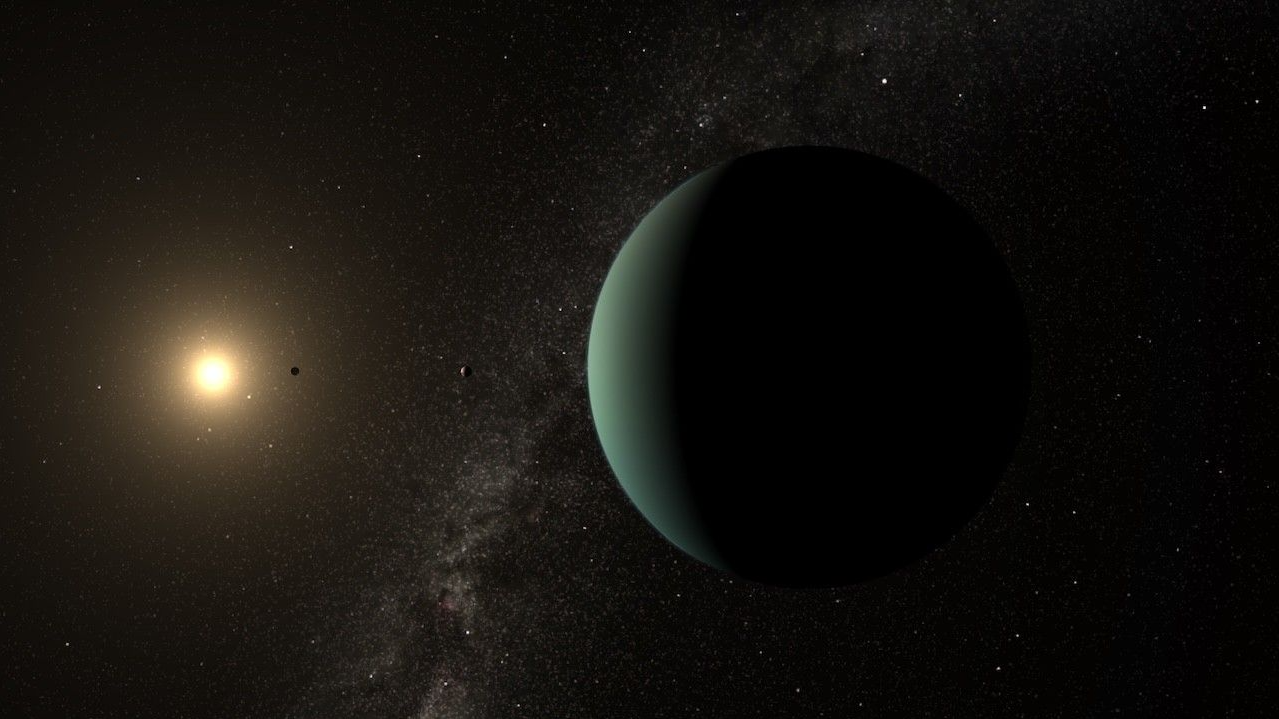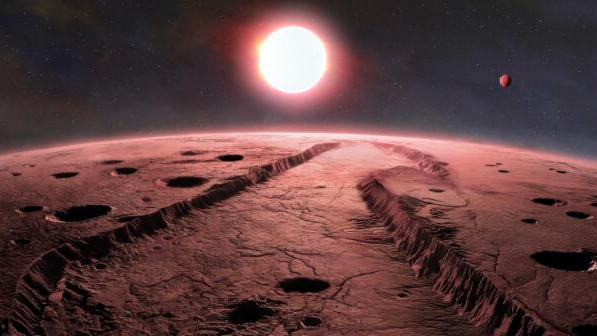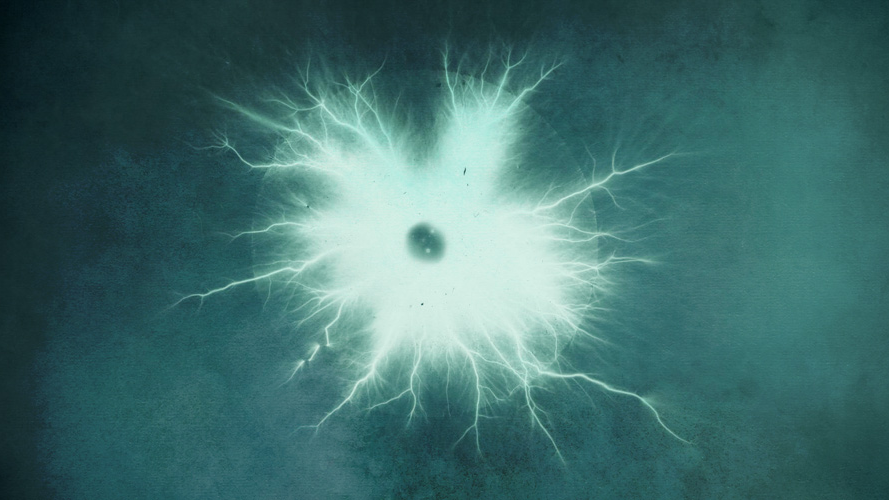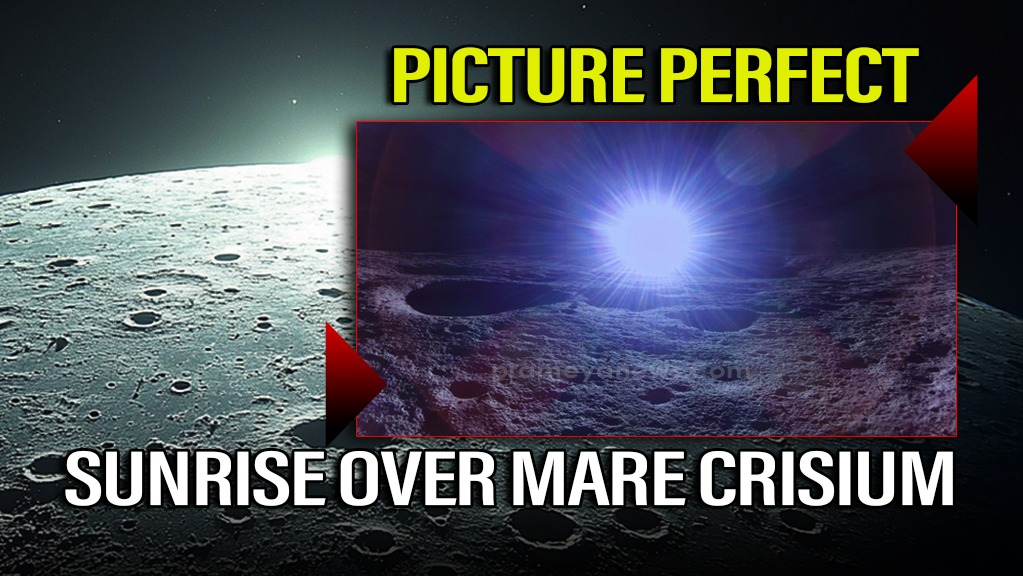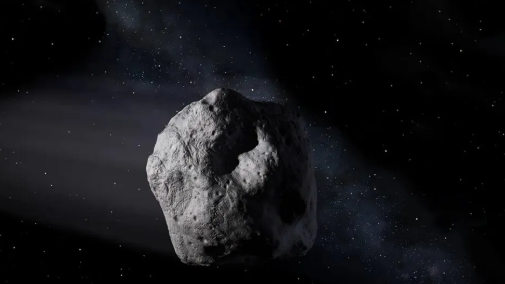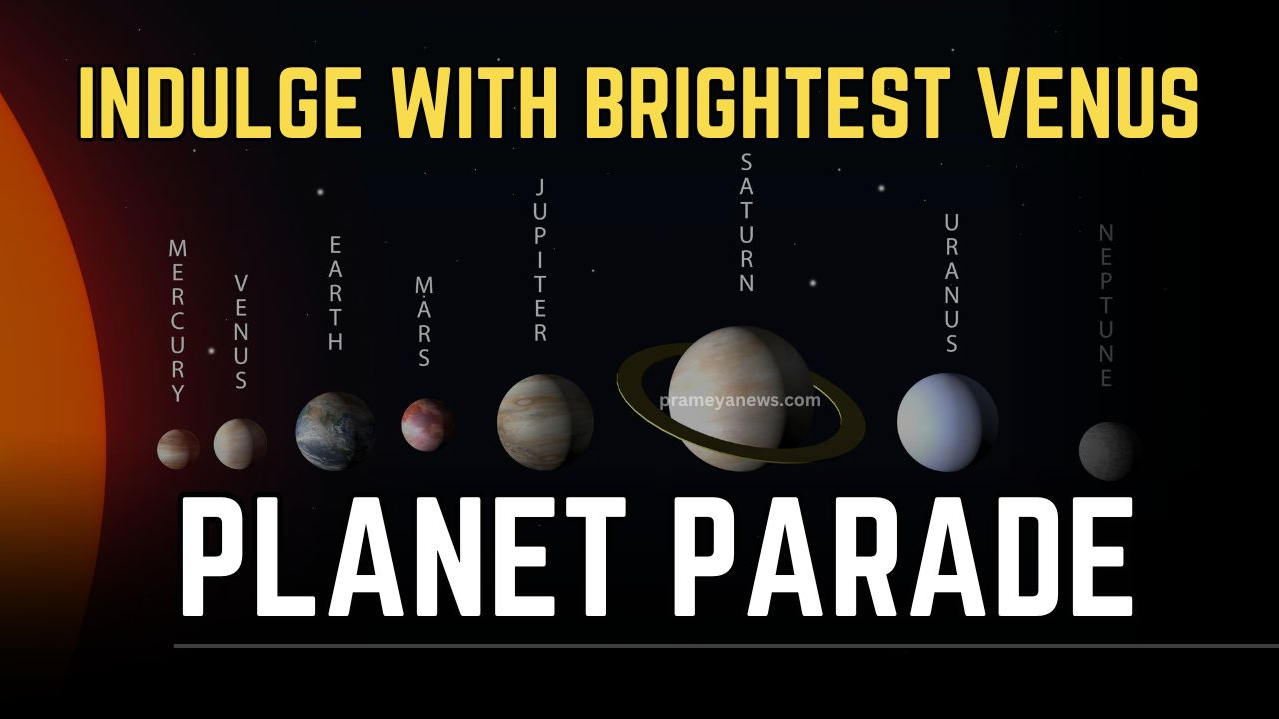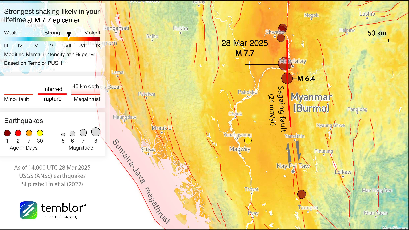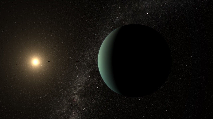Washington DC: Scientists have revealed a revolutionary new gravity map of Mars at the Europlanet Science Congress 2024, challenging fundamental geological concepts and providing evidence that the Red Planet may be more active than previously thought.
The comprehensive study, led by Bart Root from Delft University of Technology, combines data from multiple missions including NASA's InSIGHT (Interior Exploration using Seismic Investigations, Geodesy and Heat Transport) and measurements of tiny orbital deviations from Mars-orbiting satellites. The results, detailed in the forthcoming paper "The global gravity field of Mars reveals an active interior" in JGR: Planets, paint a picture of a planet with ongoing internal processes.
One of the most surprising findings challenges the established geological concept of flexural isostasy, which describes how a planet's rigid outer layer (lithosphere) responds to loading. According to this principle, massive surface features like mountains should cause the lithosphere to bend downward under their weight—similar to how Greenland's ice sheet depresses Earth's surface.
However, Mars's Tharsis region, home to the Solar System's largest volcano Olympus Mons and three other massive shield volcanoes (Arsia Mons, Pavonis Mons, and Ascraeus Mons), defies this expectation. Instead of sinking under the immense weight of these volcanoes, the Tharsis region is significantly elevated compared to the rest of the Martian surface.
"This means we need to rethink how we understand the support for the big volcano and its surroundings," the researchers explain. "The gravity signal of its surface fits well with a model that considers the planet as a thin shell."
The research team identified an underground mass approximately 1,750 kilometers across at a depth of 1,100 kilometers. They believe this represents a mantle plume—a rising column of hot, less dense material—pushing upward beneath the Tharsis region with enough force to counteract the downward pressure from the massive volcanoes above.
"There seems to be a big mass (something light) deep in Mars' layer, possibly rising from the mantle," the researchers note. "It shows that Mars might still have active movements happening inside it, potentially creating new volcanic features on the surface."
This finding supports the idea that Mars may not be as geologically dead as once thought. While no active volcanic features are currently visible on the surface, previous research indicates that the Tharsis region experienced resurfacing within the last few tens of millions of years—relatively recent in geological terms.
The question of whether this mantle plume could eventually reach the surface remains speculative and requires further investigation. However, the possibility of future volcanic activity cannot be ruled out, suggesting that Mars might still be evolving.
Another intriguing discovery concerns the planet's northern hemisphere. The researchers identified mysterious dense structures beneath Mars' northern polar plains, buried under thick, smooth sediment layers likely deposited on an ancient seabed. These anomalies are approximately 300-400 kg/m³ denser than their surroundings.
While gravitational anomalies on Earth's Moon have been associated with giant impact basins, where dense impactor material became incorporated into the lunar crust, the Martian anomalies show no corresponding surface features.
"These dense structures could be volcanic in origin or could be compacted material due to ancient impacts," said Dr. Root. "There are around 20 features of varying sizes that we have identified dotted around the area surrounding the north polar cap—one of which resembles the shape of a dog."
The absence of surface traces makes these structures particularly enigmatic. "Through gravity data, we have a tantalizing glimpse into the older history of the northern hemisphere of Mars," Root added.
To further understand these findings, scientists propose the Martian Quantum Gravity (MaQuls) mission, which would employ technology similar to that used in the GRAIL (Gravity Recovery and Interior Laboratory) and GRACE (Gravity Recovery and Climate Experiment) missions for mapping lunar and Earth gravity, respectively. MaQuls would feature two satellites connected by an optical link, allowing for precise gravity measurements.
"Observations with MaQuIs would enable us to better explore the subsurface of Mars," explained Dr. Lisa Wörner of DLR, who presented on the proposed mission at EPSC2024. "This would help us find out more about these mysterious hidden features and study ongoing mantle convection, as well as understand dynamic surface processes like atmospheric seasonal changes and the detection of groundwater reservoirs."
The new gravity map represents a significant advancement in our understanding of Mars' internal structure and evolution. By challenging established geological concepts and revealing previously unknown features, it opens new avenues for research into the Red Planet's past and potential future activity.
As scientists continue to analyze these findings and push for missions like MaQuls, we may soon gain even deeper insights into the mysteries that lie beneath the Martian surface—perhaps revealing a planet that is still very much alive beneath its dusty red exterior.







